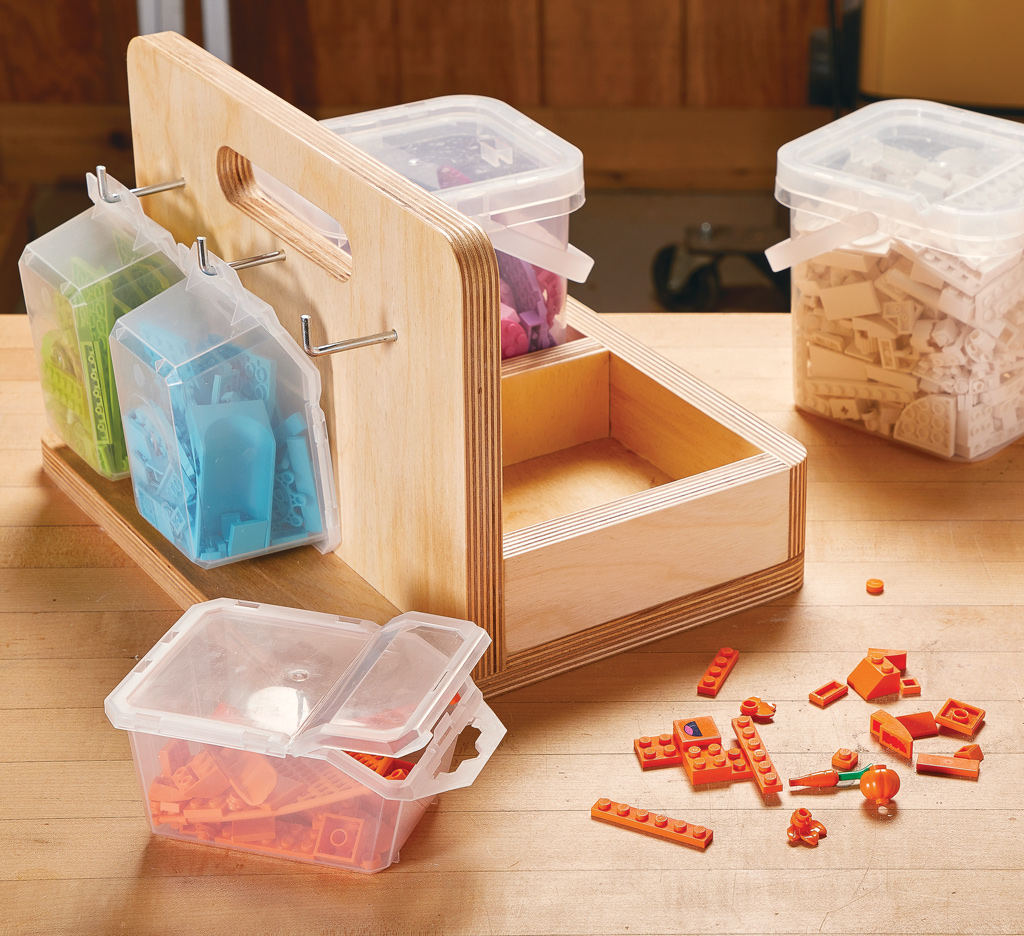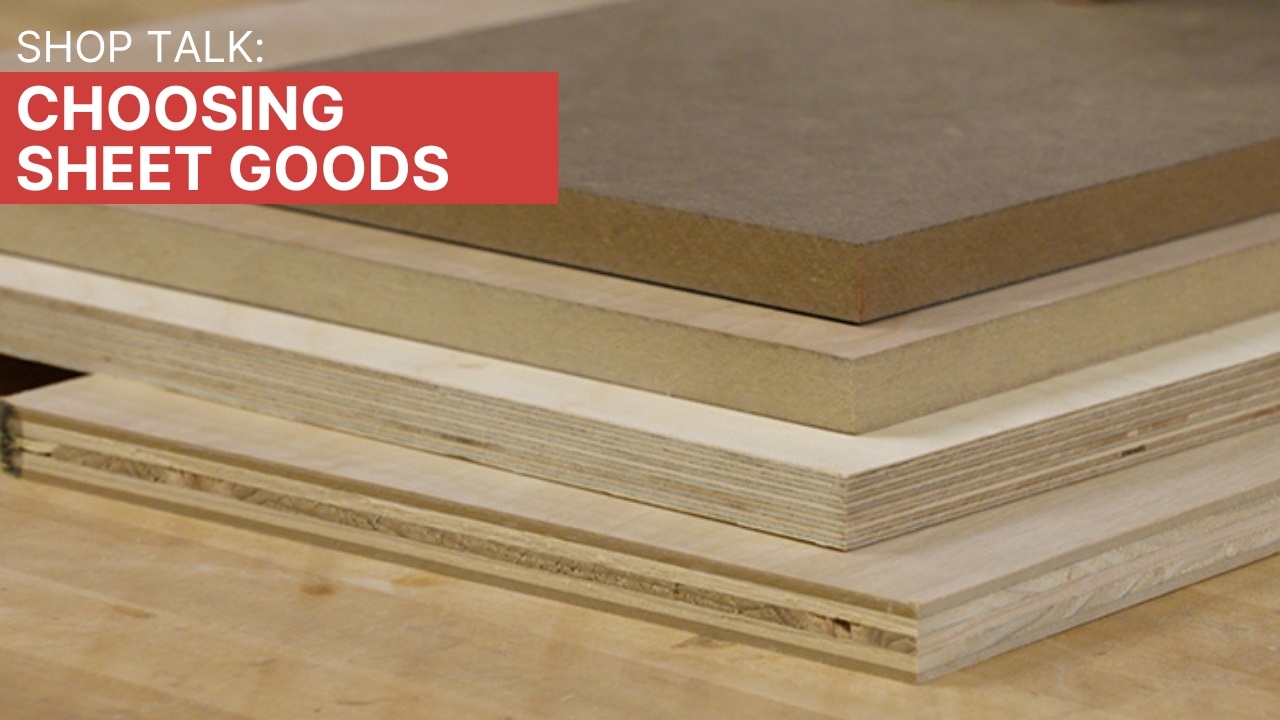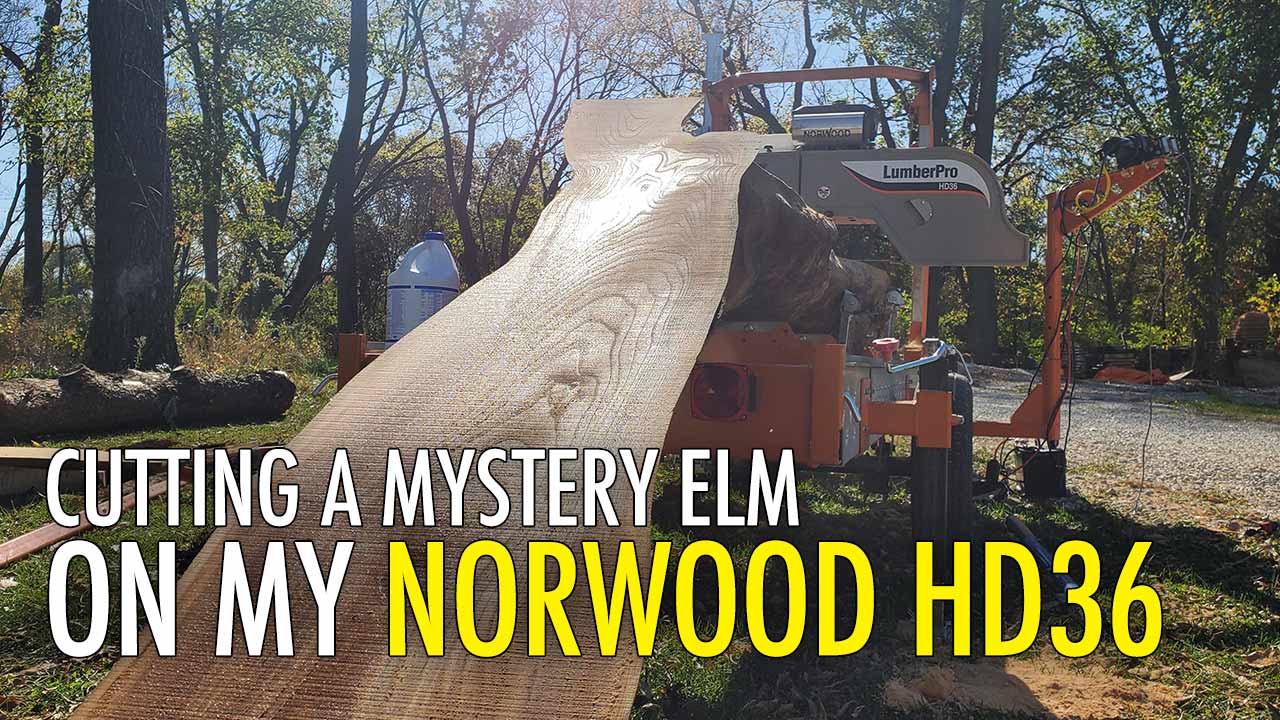
Pine doesn’t always enjoy a good reputation among woodworkers. Its mention usually conjures up images of knotty, cupped, and warped boards with unattractive figure and color. But this can be a distorted picture. All pine is not created equal. And this can lead to a lot of confusion.

Rather than being a single species of wood like walnut or cherry, pine encompasses an entire group of woods — literally several dozen species. And within this group there is a great deal of variation in the quality, appearance, and working characteristics of the lumber. Just because some pines are not terribly desirable cabinet woods doesn’t mean that you should avoid the whole group. Even the more “difficult” pines have their place when used for the right purpose.
WHICH IS WHICH? When you’re considering using pine in a project, the key is to choose the type that’s suitable from both an aesthetic, structural, and workability point. To do this successfully, you need to know a few specifics about the different types of pine that are commonly available.
THREE SUB-GROUPS. The 30-plus species of pine (the genus Pinus ) that are native to North America can be divided into three subgroups based on botanical distinctions. These three groups are the true white pines, the southern yellow pines, and the western yellow pines. The wood milled and marketed from trees within each group share similar characteristics. So a general knowledge of each type’s pluses and minuses will serve you well when considering pine for a project.

WHITE PINE. Let’s start with my personal favorite — the white pines. When Europeans first arrived on the continent, vast forests of eastern white pine ( Pinus strobus ) stretched from Maine to Minnesota. The wood proved to be so desirable for scores of uses that virtually all of the oldgrowth timber is gone. But goodquality second and third growth stock can still be found. To confuse things, there are two species of true white pine that have small ranges in the West — sugar pine and Idaho pine. The wood of all three species is very similar.
Of all the pines, the white pines are the most highly prized for cabinetry. What mahogany is to the hardwoods, white pine is to the softwoods. Eastern white pine was used as both a primary and secondary wood in many pieces of colonial-era furniture.
White pine is the softest and lightest wood in the pine group. It mars and wears easily, but on the other hand it’s a dream to work with either hand or power tools. The texture is very even across a board. You’ll notice only minor difference between the fastgrowing wood produced in spring (earlywood) and the slowergrowing) laid down in summer (latewood). Furthermore, the wood has the lowest pitch content of all the pines. And to top it off, white pine is also very stable.
The color of white pine is a creamy white. The subtle figure has only moderate color contrast between the earlywood and latewood. In the past, eastern white pine was often referred to as “pumpkin pine” due the orange hue the wood takes on over time. It can be very attractive when finished naturally. However, you’ll find that sugar and Idaho pine won’t age to quite this degree.
SOUTHERN YELLOW PINE. A wide belt of pine growing across the Southeast provides woodworkers with the southern yellow pines. But you won’t find this group to be nearly as accommodating as the white pines. In general, the southern yellow pines are some of the harder and heavier of the softwoods. It can have an overall density equal to that of many hardwoods. As it grows, it lays down very distinct layers of earlywood and latewood. These layers vary greatly in density. This can make working southern yellow pine a challenge, especially with hand tools. The wood also has a high pitch content.

This growth feature also gives southern yellow pine a very bold figure (photo above). The contrasting color between the growth layers definitely tells you the wood is pine. Like white pine, I think it looks best when finished naturally without a stain.
WESTERN YELLOW PINE. Due to geography, the western yellow pines were the last to be exploited by the lumber companies and are generally the most commonly available today. More than likely, the pine boards you’ll find at the local home center are western yellow pine — more specifically, ponderosa pine.
Western yellow pine occupies the middle ground between the white pines and the southern pines in both appearance and woodworker friendliness. It’s slightly harder and heavier than white pine but much less so than southern pine. It has only a moderate earlywood/latewood contrast. This makes it fairly easy to work while still providing a strong pine figure. The resin content can be variable but is usually not a great nuisance.
The appearance of western pine is a more subtle version of southern pine. You’ll see a distinct pine figure, but it’s not overwhelming. It makes a good primary or secondary wood and can be stained or finished naturally.
As you might expect, pine availability can vary by region. But when you know what to look for and what you’re getting, there won’t be any surprises.
Pine Grades

Pine has a complex grading system that can sometimes be confusing. And unlike hardwoods, when shopping for pine you’re likely to have a choice between several grades — at a wide range of costs. The top grade is variously referred to as clear, finish, or C select. It should be defect free. Next comes #1 common. Here, you’ll find scattered tight knots. In the utility grades — #2 and #3 common — the boards may have large knots, pith, sap pockets, and checks.
Despite its shortcomings, southern cabinetmakers have long used southern yellow pine as both a primary and secondary wood. And for many purposes, the “toughness” of this pine can be a considerable advantage.











